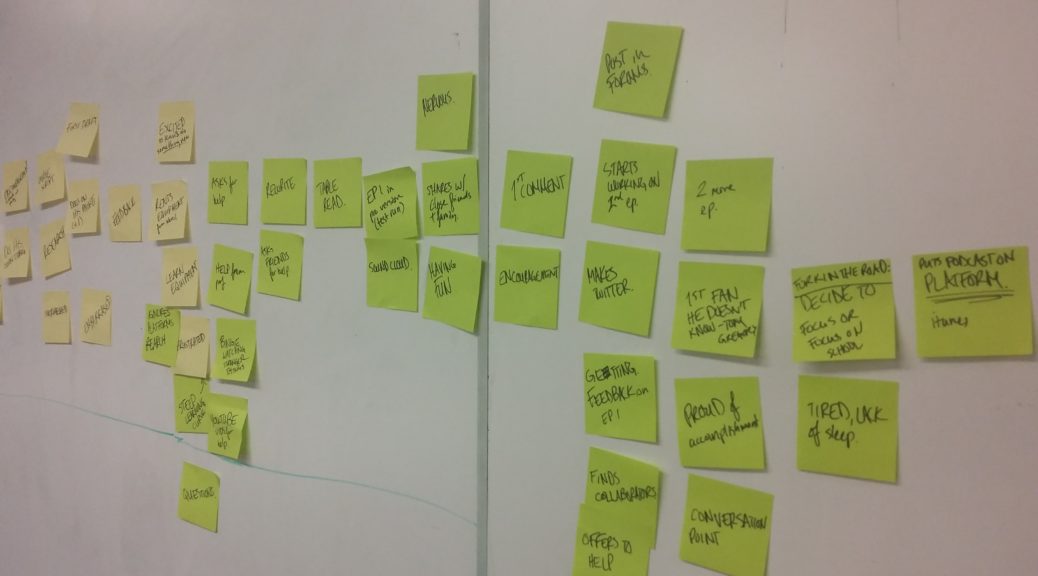I was an attendee at an event recently that reminded me of how important it is to start and end strongly in any process. Whether it be a conference, meal, movie, conversation, or, most importantly, a collaborative process, first and last impressions matter.
The event itinerary had planned for participants to start the day with a 25-minute walk, which is not unreasonable on a normal day. In fact, physical activity can be an effective and engaging element of a facilitated process, particularly as a warm-up (bearing in mind the need to accommodate differing levels of physical availability). However, humidity that made it feel like nearly 35C meant that nearly all participants arrived sweaty and tired before the event even began. Many also arrived late, meaning that the programming was already 20 minutes behind when it began. Since managing participants’ time and energy is one of the major roles that a facilitator plays, this presents a challenging scenario upon which to build a day of group interaction and collaboration.
To top it off, the first location of the event for the day had no air-conditioning, nor amplification for the first presenter making it very difficult to hear. What this type of beginning results in is an uphill battle for the facilitator right out of the gate. While the closing of the event was less eventful, it felt somewhat rushed as many participants had to leave to catch flights, robbing the group of an opportunity to close out several days together in a meaningful way. The relatively isolated location also meant that many participants were left on their own, stuck waiting more than a half-hour for shuttles before heading on their commute home. Instead of leaving the session with energy and time to reflect on what we had just experienced, we were thrust into a world of immediate responsibility and stress. For many, there was no time to follow up on discussions and trade information for following up later. While today many of us can find each other online after events fairly easily, this felt like a missed opportunity to maintain some of the momentum and connection that had been seeded throughout the previous days.
In this case, the rocky opening was partially a consequence of weather – always a logistical factor in any type of event, whether indoor or outdoor, especially in a city like Toronto where weather varies dramatically month to month and even day to day. However, even in places where the weather doesn’t dramatically vary, it’s still a factor to consider when designing an experience: how will participants be feeling when they arrive? How much will they be distracted by the calculus of commute times, outside obligations or navigating an unfamiliar environment? How will the venue and participants cope with unexpected changes in weather or other external factors around the time of the event? How might the planned logistics and activities need to adapt or change as a consequence?
While my overall impression of the event is reasonably positive, I can’t help but wonder how it would differ if they had truly nailed the beginning and the end – really opened with a blast, and closed on a high note.
In a follow-up post, I’ll talk about some of my strategies for designing memorable and engaging experiences from start to finish, but for now I’d love to hear your thoughts. What are some of the most memorable beginnings and endings of events you’ve participated in, good or bad? As a facilitator, how do you design for strong openings and closings in a process?
